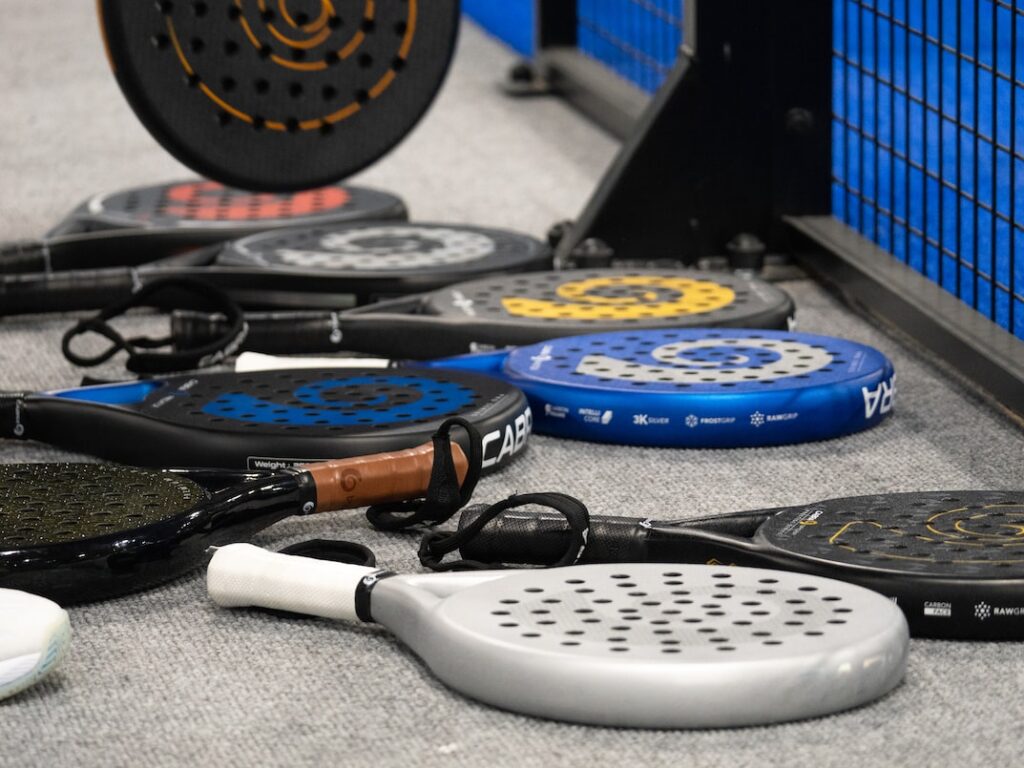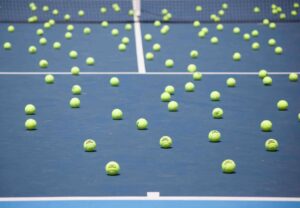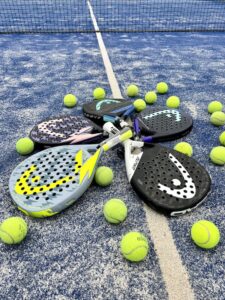The Perfect Position: How to Prepare for a Return of Serve in Padel
3 min read
The Perfect Position: How to Prepare for a Return of Serve in Padel
When it comes to padel, one of the most crucial moments in a match is the return of serve. This is your opportunity to gain control, put pressure on your opponent, and start the point off on the right foot. But how do you position yourself for a return of serve? Fear not, as we delve into the art of positioning in this article, filled with expert advice and tips to help you master this essential aspect of the game.
The Importance of Positioning
Before we jump into the specific positioning techniques, let’s understand why it is so vital. Being in the right position not only allows you to execute a better shot but also increases your chances of reacting quickly and reaching the ball in time.
Furthermore, proper positioning puts psychological pressure on your opponent. When they see you confidently standing in the perfect spot, they know you’re ready to pounce on their serve and will feel the heat on their side of the court.
The Ready Position
To start, let’s talk about the “ready position.” This is the stance you should assume when your opponent is about to serve. Stand facing the net, with your feet shoulder-width apart and weight distributed evenly.
Bend your knees slightly and keep your body relaxed, ready to move in any direction. The key here is to stay light on your feet, like a nimble cat ready to pounce. Remember, the ready position is all about flexibility and quick reaction, so avoid being rigid and tense.
Now, let’s get into the specifics of positioning depending on the serve:
Return of a Fast Serve
When facing a fast serve, your positioning needs to be slightly different. Move back a step or two to give yourself more time to react. You don’t want to be caught flat-footed and struggle to reach the ball in time.
Keep your eyes focused on your opponent’s paddle, preparing for their shot. As they strike the ball, push off with your back foot to launch yourself forward and meet the ball at the ideal height for a powerful return.
Return of a Lob Serve
On the other hand, when your opponent delivers a lob serve, it’s time to move closer to the net. Lob serves tend to have a high trajectory, so by positioning yourself near the net, you’ll have more control over the return.
As the serve approaches, maintain your ready position, but take a few quick steps forward. This change in positioning will allow you to cut off the angle and put pressure on your opponent to handle your aggressive return.
Return of a Slice Serve
The slice serve is a sneaky one, but with the right positioning, you can turn the tables on your opponent. Get ready to sidestep towards your forehand side if you’re a right-handed player (or towards your backhand side if you’re left-handed) as the ball bounces off the side wall.
This slight shift in positioning ensures that you’re well-positioned to hit a powerful cross-court return. By anticipating your opponent’s slice serve and adjusting your position accordingly, you’ll catch them off guard and gain the upper hand in the point.
Mastering the Mind Game
Lastly, let’s not forget about the psychological aspect of positioning. When you position yourself correctly, you let your opponent know that you are confident, in control, and ready to dominate. This subtle mental pressure can make a world of difference in your game.
So, as you step onto the padel court, remember the importance of positioning yourself for a return of serve. Master the ready position, adapt to different serves, and apply a touch of psychological finesse to leave your opponent guessing.
With these expert tips in your arsenal, you’ll be well-prepared to conquer your opponent’s serve and set yourself up for victory on the padel court.







